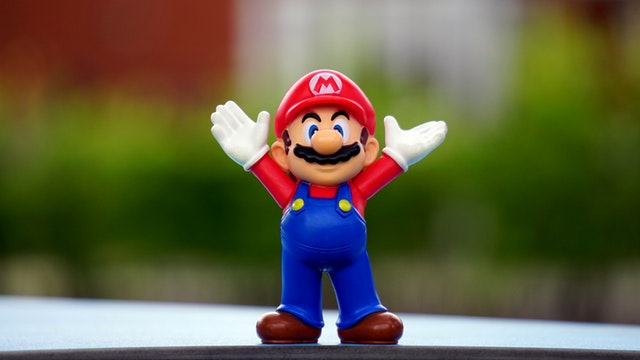It’s hard not to appreciate all the advancements we’ve seen the gaming industry go through over the past twenty or so years. From voice chat and online multiplayer to life-like visuals and consoles that do more than just play games, few of us could have predicted how far we’d go while playing our 16-bit consoles or hanging out at the arcade.
At the same time, many of us like to look back with nostalgia at all the little things we miss about gaming in the 80’s and even 90s. So, whether you remember some of these like they were yesterday, or you’re a younger gamer that missed out, check out our list of what made playing games so awesome back in the day.

No DLC, patches, etc.
We may as well get this one out of the way since it’s one of the more controversial issues today.
Buying a game once meant that you were paying for everything that game would ever offer. There was no downloadable content to receive new map packs or an extra story chapter, nor was there an annoying barrage of day one patches you had to sit through before you could enjoy your game.
Patches are, of course, important, as they give developers an opportunity to fix issues they didn’t catch during development. But as we’ve come to realize in the past few years, some developers are finding it acceptable to release broken games and simply patch them up later.
Since developers didn’t get this chance before, this meant you were paying for games that were (usually) polished and complete.
Cheat codes and unlockables
Going along with the last entry in this list, there was a time when obtaining every character costume, power-up, or other unlockable was possible without paying extra. This required beating the game on a certain difficulty, completing a secret area with a new boss, or some other rewarding feat that made you feel like you actually earned it.
Who could forget discovering yet another flute in Super Mario Bros. 3, when you were so sure there was only one or two in the game?
Just as awesome was the ability to use cheats like the famous Konami code to unlock new features, characters, etc.
Keep in mind that the internet didn’t really become prominent until the mid-90s, so discovering these codes involved checking out game magazines, learning them from friends, or unlocking them in the game. This was arguably more fun than simply Googling for codes like people do today.
Arcades and multiplayer
Although plenty of games support local multiplayer, which is becoming popular again thanks to indie games, there’s no denying that multiplayer is dominated by online.
Services like PlayStation Network and Xbox Live have made playing with others across the globe a breeze, which is great. However, there’s something about playing with people in the same room that we still love.
It’s hard to believe that it was only at an arcade where you were once able to even play games at all. This was, of course, before video game consoles became common in every home, which meant taking a trip to the arcade and shelling out a few quarters. Arcades were the perfect hangout spots for teens as they allowed them to socialize while having fun, which doesn’t really exist today.
As for competitive multiplayer and tournaments, these are conveniently taken care of today by online matchmaking modes. Back then, however, finding out who was the best Street Fighter II player in town meant a room (or arcade) full of guys ready to prove themselves.
The Super Smash Bros. scene and other fighting games have kept this alive via large tournaments, but they don’t compare to the times when every weekend was a chance for video game glory.
Getting help from friends, not the internet
I know we touched on this before, but if there’s one thing we miss about retro games, it’s the excitement that came from discovering a new secret. Even more awesome was the uncontrollable desire to run to school the next day and tell your friends about it, who possibly didn’t know about it yet unless they read it in a Nintendo Power or discovered it themselves.
Even more satisfying was being able to explain to someone how to complete a level or beat a boss. Instead of checking a video walkthrough or website like today, everyone sought advice from friends when they were stuck or had trouble against a certain character in a fighting game.
High Scores > Achievements & Trophies
We won’t argue how satisfying it feels to see an achievement or trophy icon pop up after unlocking it. Gamerscores and trophy levels have definitely made gaming more fun by giving you a sense of accomplishment after completing a level, performing a difficult task, or even doing everything there is to do in the game.
However, bragging about those hardly compare to the days when your initials were at the top of the high score screen at your local arcade.
This meant that you were the king of that cabinet and everyone who tried to beat your score was essentially challenging your throne. In short, it was very satisfying being the guy or girl with the top Donkey Kong or Galaga score.
[su_note]Do more than just learn about video game history, make video game history. Check out the game design school at the New York Film Academy (campuses in New York and Los Angeles). [/su_note]

